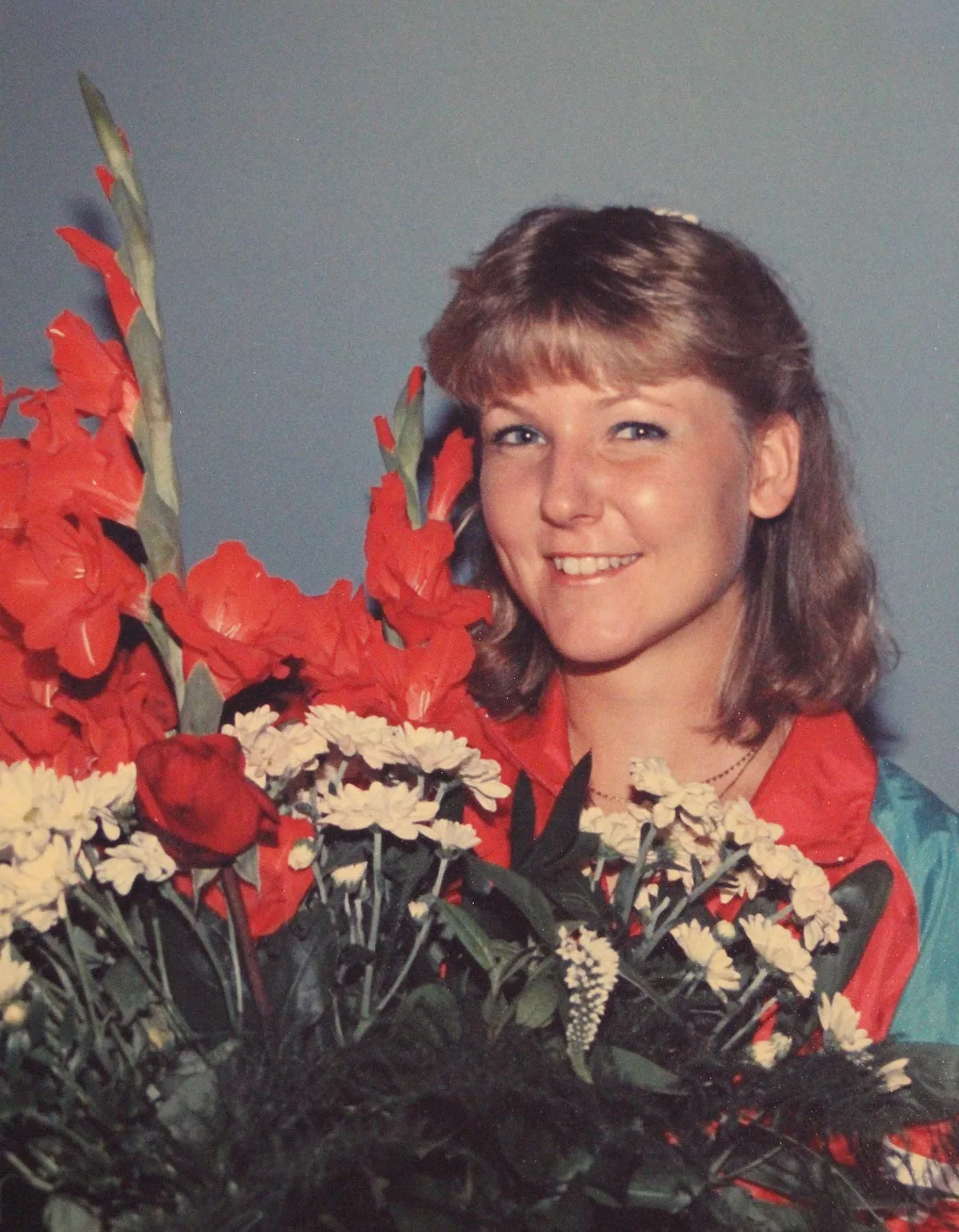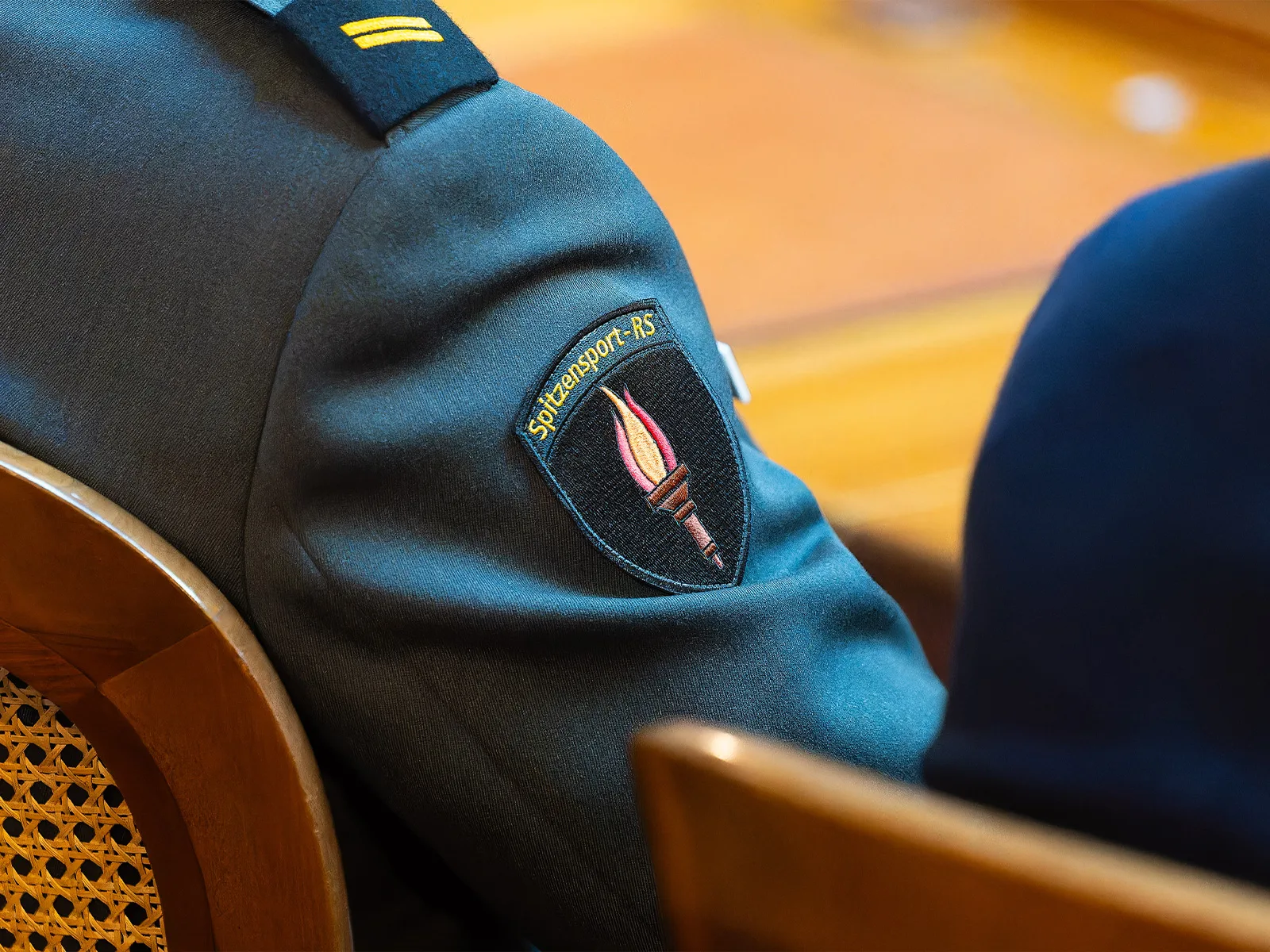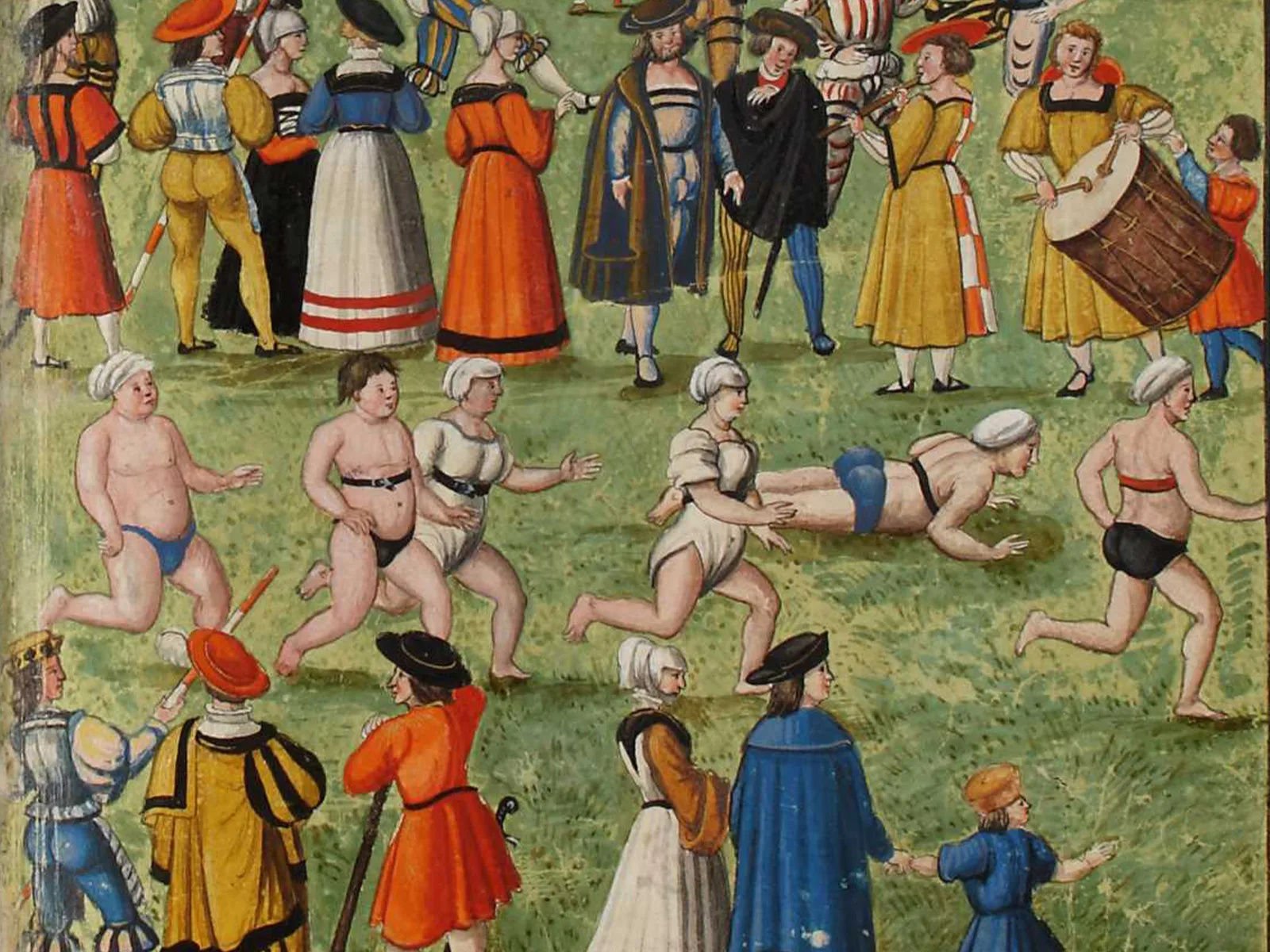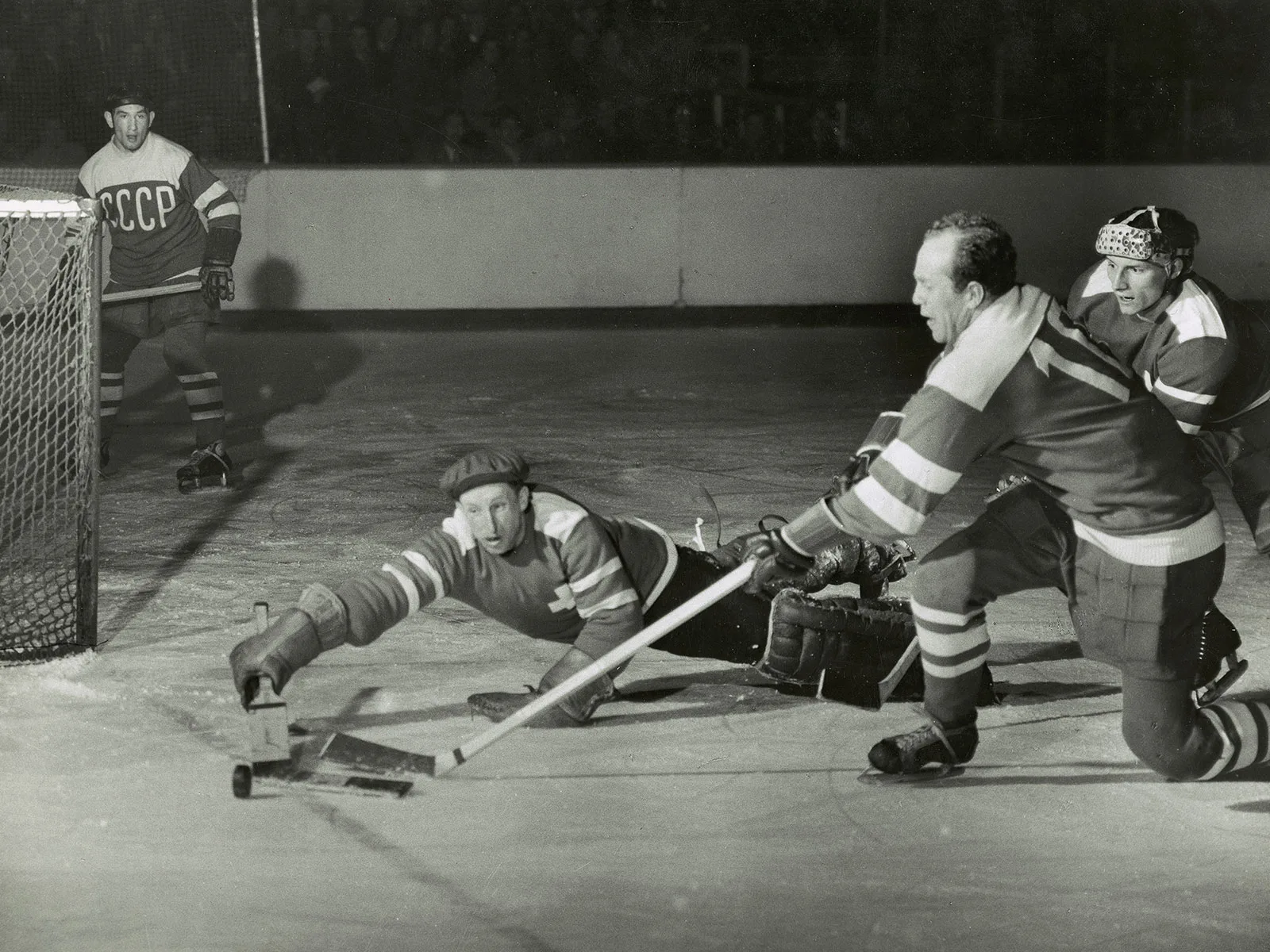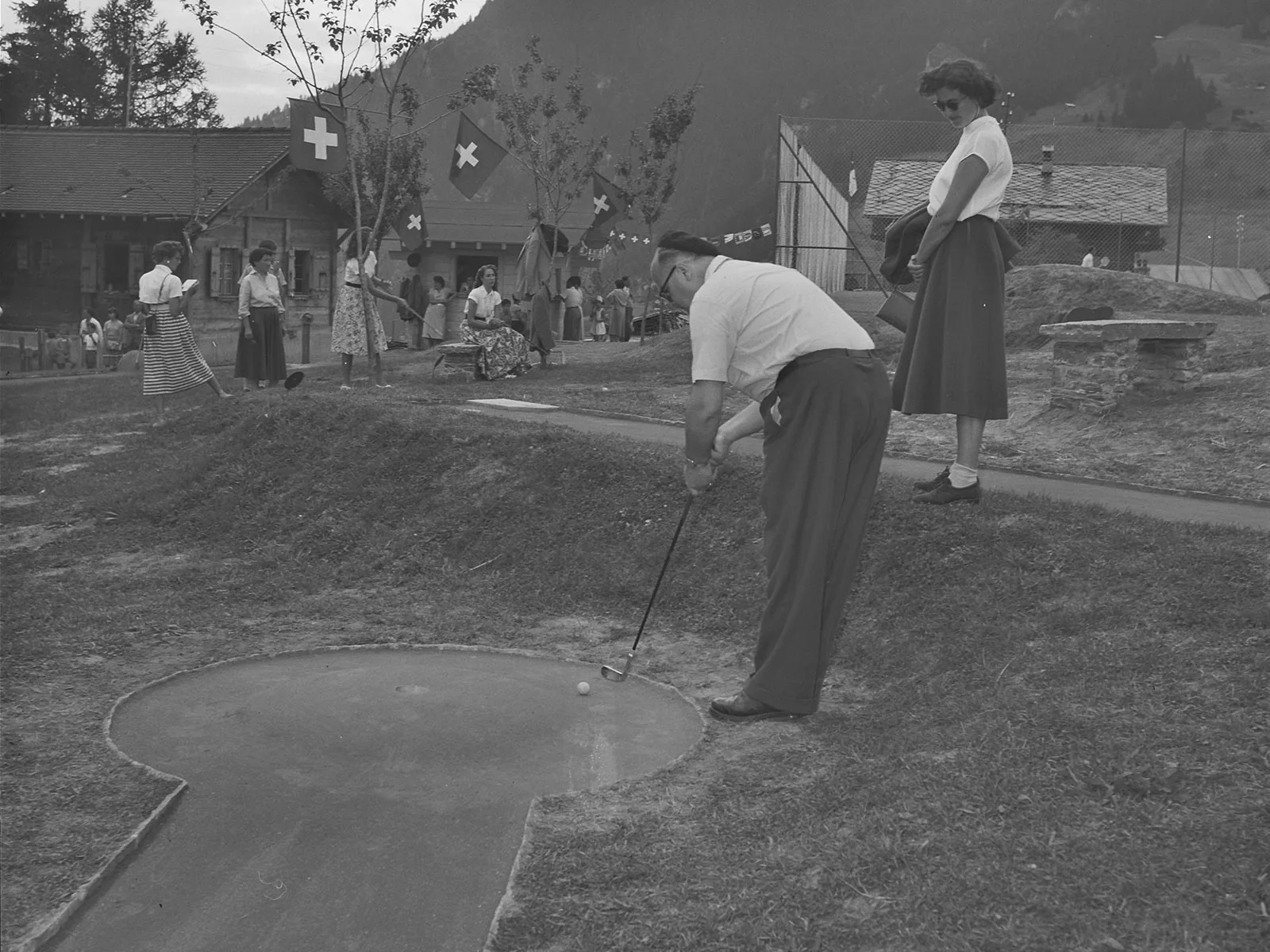
The birth of modern minigolf
Minigolf is not a 20th century invention. In fact, the story of how it evolved to become the pastime we know today is a long one, and even has a Swiss chapter involving Genevan architect Paul Bongni.
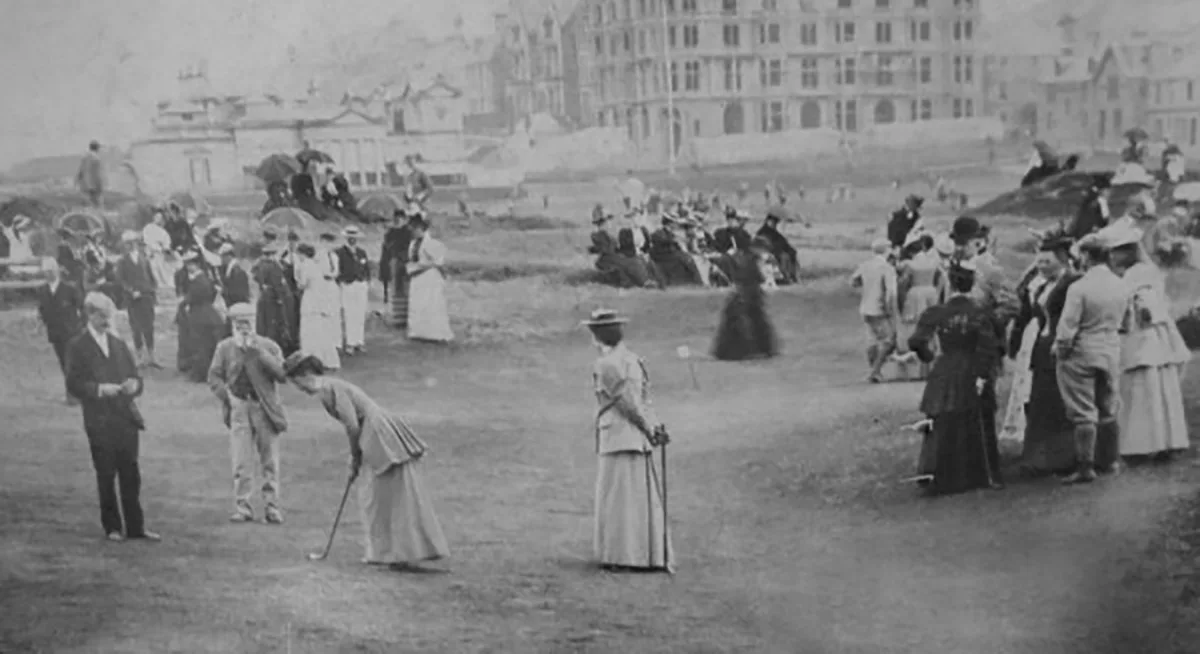


Minigolf in the 1930s. YouTube

